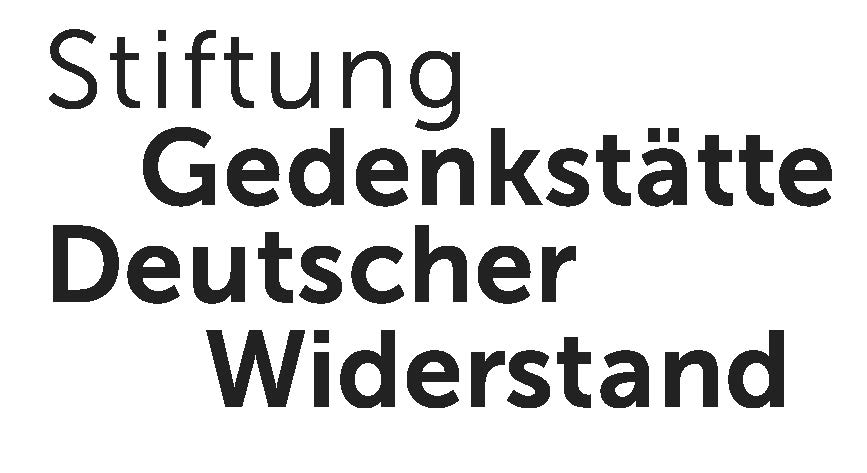
Populist fiscal policy / Stuti Khemani, Waly Wane
"Political economy explanations for fiscal profligacy are dominated by models of bargaining among organized interest groups over group-specific targeted benefits financed by generalized taxation. These models predict that governments consisting of a coalition of political parties spend more tha...
Saved in:
| Main Authors: | Khemani, Stuti |
|---|---|
| Corporate Authors: | World Bank |
| Other Authors: | Wane, Waly |
| Format: | Online-Resource |
| Language: | English |
| Published: | [Washington, D.C] : World Bank, 2008 |
| Series: | Policy research working paper
|
| Subjects: | |
| Online Access: | URL des Erstveröffentlichers |
| Summary: | "Political economy explanations for fiscal profligacy are dominated by models of bargaining among organized interest groups over group-specific targeted benefits financed by generalized taxation. These models predict that governments consisting of a coalition of political parties spend more than single-party regimes. This paper presents an alternative model-that of populist pressure on political parties to spend more on the general public good, financed by costly income taxation-and obtains the opposite prediction. According to this model, public spending and taxes are lower under coalition governments that can win elections more cheaply. Indeed, in order to win elections, coalition partners need to satisfy a smaller share of swing voters than does a single-party government that enjoys narrower support from its core constituency. A coalition government therefore spends less on the public good to capture the share of the swing vote necessary for re-election. Using data from more than 70 countries during the period 1970-2006, the paper provides robust supporting evidence for this alternative model. "--World Bank web site |
|---|---|
| Item Description: | Includes bibliographical references. - Title from PDF file as viewed on 5/12/2009 Erscheinungsjahr in Vorlageform:[2008] Weitere Ausgabe: Khemani, Stuti : Populist fiscal policy |
| Physical Description: | 1 Online-Ressource (48 Seiten) |

